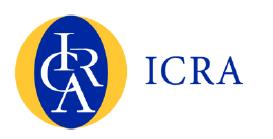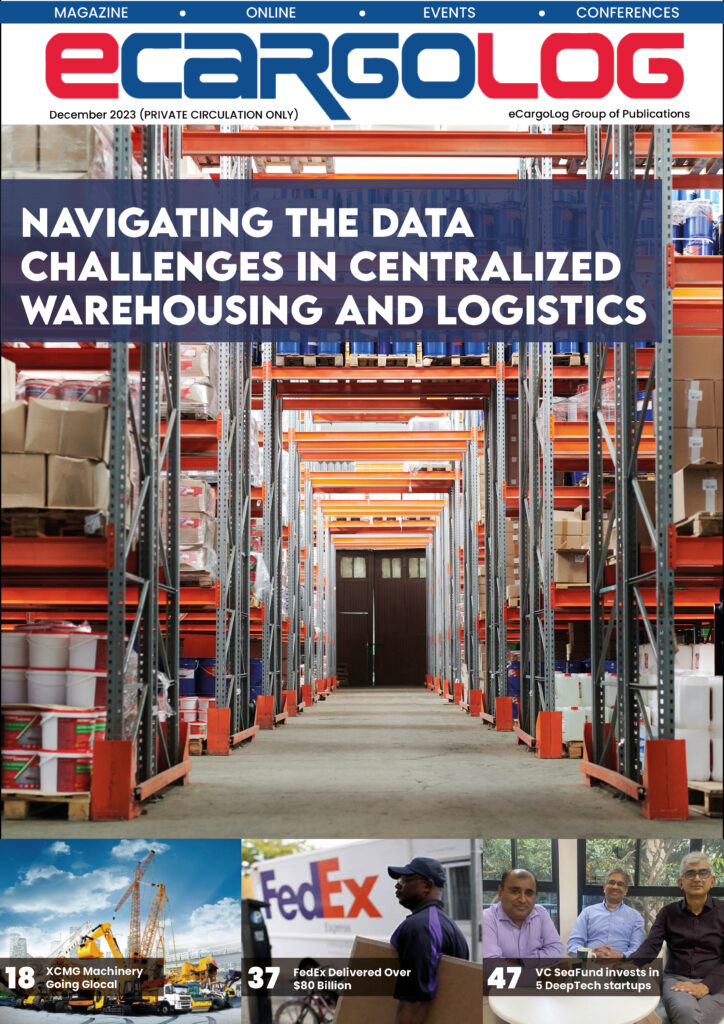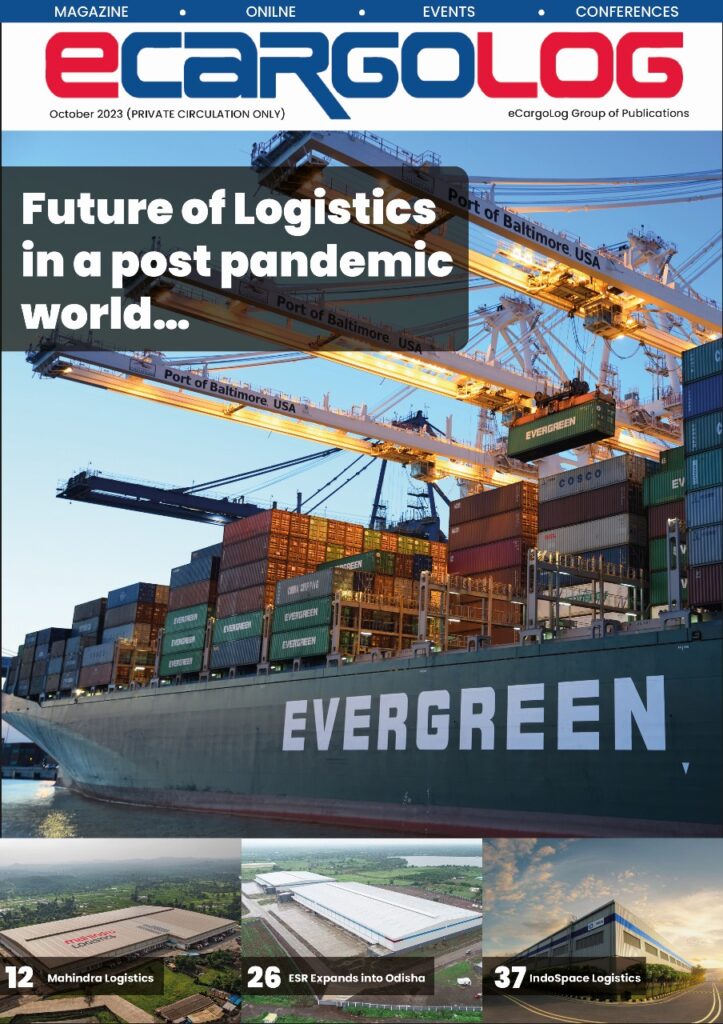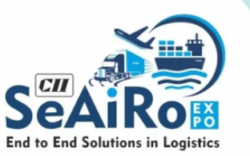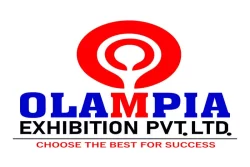Traction in Inland Waterway projects will open up several business opportunities for the port sector players; Iron ore and POL support overall volumes as coal volume growth continues to plummet.
Port sector players will continue to experience healthy growth in cargo in the near term, albeit somewhat lower compared to the recent fiscals, as revival in iron ore exports and pick up in POL volumes as well as impetus for coastal shipping will be partially offset by lower coal imports following the increase in coal production by Coal India Ltd and slowdown in container volumes due to weak exim trade. Moreover, cash accruals of the players will be supported by steadily rising handling rates, barring the projects where the tariff setting process is mired in litigations, and depreciation of INR vs. USD which boosts dollar denominated tariffs. Over the medium to long term, cargo growth is expected to gain further traction, driven by domestic requirements of coal for power and other sectors; crude oil, for meeting domestic petroleum requirements; and containers, given the cost and logistical advantages associated with containerization.
On the regulatory front, the draft MCA should boost investor sentiment, reducing the long-term risks associated with the sector. Further, the Central Port Authorities Act’ is likely to usher in the changes that would allow incumbents to take investment decisions at major ports with more clarity. In the backdrop, major ports are already being targeted for modernization and efficiency improvement under the Sagarmala project. Through the gradual but detailed formalization of the Sagarmala project, the GoI has expressed a keen interest over the last two years on achieving economic growth through port-led development. The MoS has chalked out a road map over the next 5-10 years, wherein significant investments would be made in the sector to boost trade and development. In the long run, ICRA believes the implementation of the project could lead to increased cargo for the ports, however, several challenges remain, given the vast scale of the project and the significant funding resources and PPP participation required to make the targets a reality. ICRA research believes that the actual materialization of the plans could take significant time given the time-consuming legislative framework required for efficient collaboration between the Central and State Governments.
The ‘Jal Marg Vikas’ is a Rs 5400 Crore World Bank funded project on the Ganga, being developed between Allahabad and Haldia to cover a distance of 1620 km. The project envisages the development of a fairway with a depth of three meters, which would enable commercial navigation of at least a 1500 tons vessel on the river. The project envisages a fairway of 3m depth which would enable commercial navigation of vessels with 1500-2,000 tons capacity. Overall, the project shall include the construction of six multi-modal or inter-modal terminals, roll-off roll-on jetties and ferry terminals among others. During the last 1-2 quarters there has been significant development and contracts have been awarded for construction of multi modal terminals, dredging works, navigational locks, etc., and there are many other required steps which are progressing at a fast pace to meet the planned target of creating infrastructure to transport over 17 million tons annually on this route by 2020. ICRA Research believes that the above ongoing project awards as well as similar planned projects on other NWs will provide greater opportunities for existing players in the port and port services sector to participate in new projects involving inland water transportation. Project awards are being concluded at a very rapid pace and the same augurs well for development of inland waterways and logistics management overall.
The legislation ‘Major Port Authorities Act’ provides for delegation of the power to fix rates for services and assets to the Board of the Port Authority. However, the Board/ committee would continue to be guided by the 2005 or 2008 tariff guidelines as the case may be, which suffer from several flaws. Further, there would be a conflict of interest and unfair competition as these ports also run their own terminals which compete with private terminals. Due to the above conflict, the Government had, in fact, set up the TAMP as an independent regulator in 1997. Hence, the issue for market-driven pricing/ enhanced flexibility for the private terminals at these major ports would continue to be in a stalemate.
Based on the petition by Indian Private Ports and Terminals (IPPTA) which had petitioned the Honorable High Court to direct the Government to issue guidelines to fix tariff on a competitive basis, the Government has stated that it is considering the issue of allowing private cargo terminal operators to migrate to a more competitive tariff model. It asked the court for four months’ time to take a decision on the above issue. In ICRA research’s view, the direction of the above issue would be critical for the financial profile of the existing terminals
The clearance of the Land Utilization Bill through Parliament and finalization of the MCA are significant positive steps for the major ports as it would boost investor sentiment and lead to enhanced private sector participation and investment into PPP projects. The potential for development of such projects are currently not yet fully realized, attributable mainly to the absence of clearly defined benchmarks for price discovery for the proposed allotment and lack of clarity in the existing guidelines about the processes to be followed, as per the Government. Hence, the Government plans to put in place a structured policy to facilitate land allotment for development and operation of port facilities by any industry dependent on it. The policies coupled with the measures being undertaken to improve the ease of doing business, if implemented successfully, would generate committed business for Major ports on a long-term basis and also play a catalytic role for the Sagarmala project, although near to medium term upside potential will be muted because of the weak investment cycle in the economy. Additionally, the steps being taken to improve the ease of doing business, which are expected to be completed by March 2017 are also a positive for the sector and will lead to improved efficiency, reduced dwell time and some moderation in rates and support the ports in handling increased volumes in the medium term.
In H1 FY2017, total cargo handled at the Indian ports registered a modest 5% increase to 549 million tons over the corresponding period in previous year. The growth was supported by a doubling of the iron ore volumes as well as a healthy growth of 4% in POL volumes. Overall volume growth was pegged down by a 14% drop in FRM volumes and 1% decline in coal volumes. Container cargo and other cargo registered modest growth of 4% and 2% respectively during this period as trade movement continued to be weighed down by impacts of a slowdown. Both Major ports and Non-Major ports registered similar cargo growth at 5% during this period. While Major ports benefitted from a relatively stronger growth of 6% and 138% in POL and Iron Ore, Non-Major port volumes largely benefitted from a stronger growth in container volumes.
During the first ten months of FY2017, cargo throughput at major ports has registered a 7.1% growth over the corresponding period of the previous year. The growth was supported by a 2.5 times growth in iron ore cargo volumes (39 MT against 14 MT) supported by a resumption of mining operations in Goa, Karnataka and Orissa as well as growth in POL & Liquids (7%) and Other cargo categories (14%). However, volumes of other categories like coal and fertilizers were down by 7% and 11% respectively during the period. While the data, post H1 FY2017, for coal volumes at Non-Major ports is not yet available, volumes are likely to have declined in the second half of the year as well at a similar rate to Major ports (-7%), given the continuing pressure on coal imports due to improving domestic supply and lack of incremental demand.
Courtesy:ICRA

